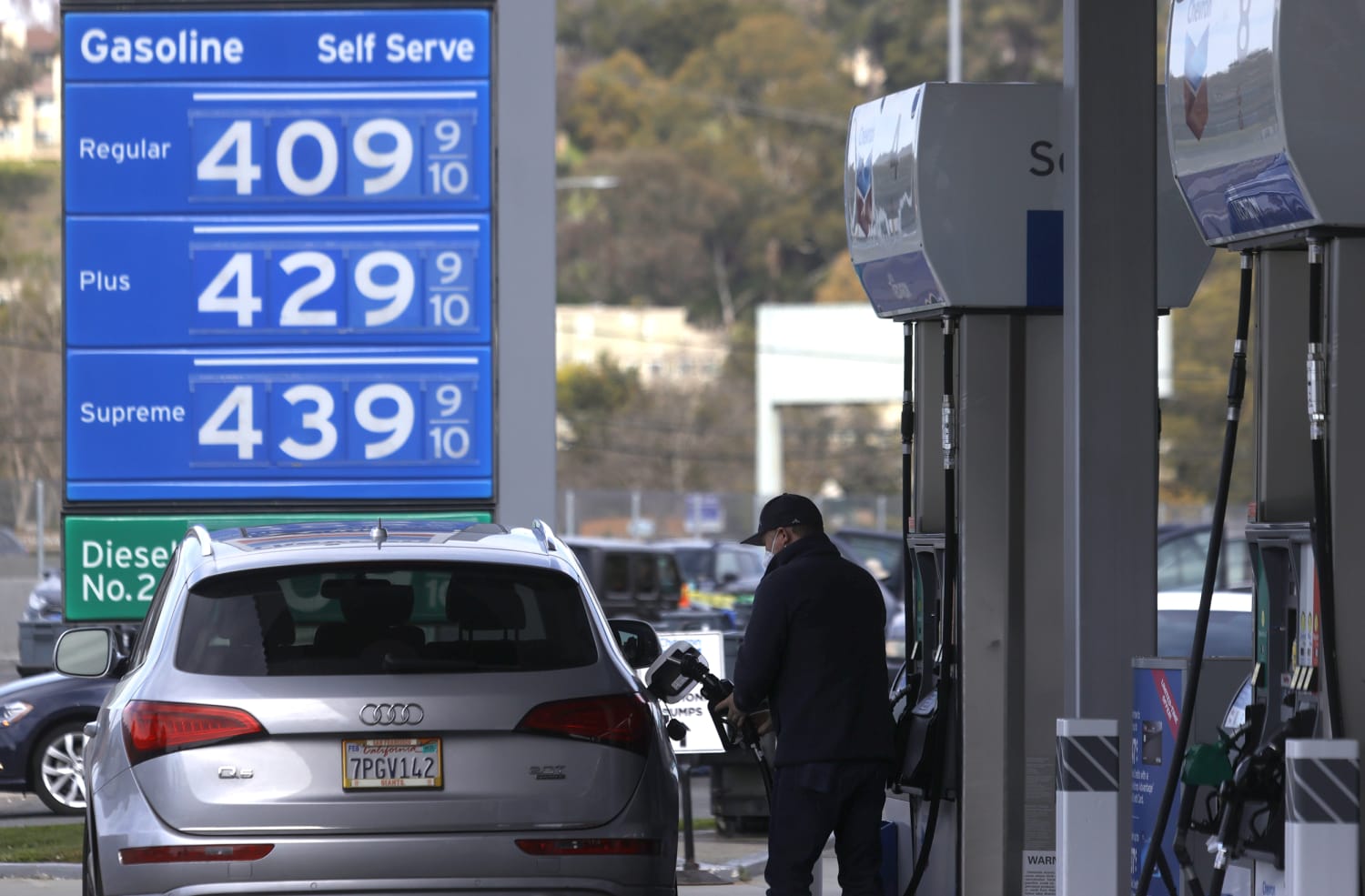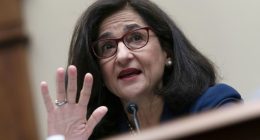
Headline inflation soared 5 percent in May, the fastest year-on-year pace since 2008, as surging demand from the reopening economy met supply chains choked with shortages.
Rising prices in the heating, yet fragile, economy are continuing to erode consumer purchasing power, according to the latest Consumer Price Index report from the Bureau of Labor Statistics, released Thursday morning.
Manufacturers cut production during the early days of the pandemic and are now scrambling to catch up. That has led to a wave of producers flexing their purchasing contracts and bulking up on materials at once, sending limited commodities higher, raising input costs and passing down higher prices to consumers. Nationwide, there are short supplies of everything from chicken wings to ketchup packets, copper, lumber, semiconductors and furniture.
Prices at the grocery store spiked during pandemic lockdown in spring of 2020 as shoppers stocked up and lean supply chains sputtered under the sudden, nationwide demand. Prices have never gone back down to their pre-pandemic levels.
The average national price paid for 16 oz. of bacon rose to $5.40 in May, up from $5.23 a month prior, and higher than the $4.72 paid in January 2020, according to exclusive supermarket point of sale data from NielsenIQ.
Fresh ground beef rose to $5.32 per pound in May, up from $5.27 in April, and higher than the average pre-pandemic cost of $5.02.
Chicken breasts fell to $3.14 from $3.20 in May, while still slightly higher than the $3.01 paid in January 2020.
The hikes were higher in some specific metro areas. A pound of bacon in the New York Metro area rose to $6.49 from $6.10 the previous month, compared to $5.12 in January of 2020. Prices for bacon are also elevated in the San Francisco metro area, up to $6.82 from $6.55, and above the $5.71 paid in January of 2020.
NBC News is tracking a basket of grocery items and updating an interactive data visualizer on a monthly basis.
“Across a wide basket of the most popular 5,000 items, shoppers are paying +0.4 pts more for groceries in May of 2021 vs May of 2020,” said Phil Tedesco, vice president of retail intelligence analytics at NielsenIQ.
Another hidden price hike is the decline of promotions. While the percent of units sold on promotion are higher than they were a year ago, when discounts and coupons nearly vanished along with hot items on shelves, they’re still well below what they were in 2020.
“This indicates shoppers are not able to take advantage of as many discounts in-store as they did in a pre-Covid period,” Tedesco said.
Experts say that businesses are likely to resort to price hikes over the summer to control demand as supplies of goods — and people to serve them — remain tentative.
“I think we’re still going to have a warm summer when you have surge pricing kicking in for everything from airfares to hotels,” Diane Swonk, chief economist at Grant Thornton, told CNBC.
The White House has said the inflationary effects are “transient” and will be offset by greater gains in the overall economy. The Federal Reserve has said it is fine with letting inflation run above the 2 percent target threshold to help reach full employment.
President Joe Biden’s recently released budget proposal projects CPI will rise by a modest 2.1 percent in 2022 and stabilize at 2.3 percent from 2024 to 2030.
“The budget certainly does project that there’s going to be some short-term inflation, although we do expect it to settle back down,” Cecilia Rouse, Chair of the Council of Economic Advisers, told reporters on a conference call last week.
“We anticipate that because of the policies we’re going to have some GDP growth, which will be benefiting all Americans,” Rouse added. “We know that when you reach full employment… everybody will benefit, and that the economy will benefit from the productivity-enhancing investments that are embedded in this budget.”
While most economists agree, one bank has warned that the inflation could be more persistent than forecast and have unintended consequences for precisely the groups the administration is trying to help.
“While it is admirable that this patience is due to the fact that the Fed’s priorities are shifting towards social goals, neglecting inflation leaves global economies sitting on a time bomb,” Deutsche Bank’s chief economist, David Folkerts-Landau, and others wrote in a report. Their analysis warned of 70’s style runaway inflation that was only tamed by high interest rate hikes, triggering a deep recession.
“The effects could be devastating, particularly for the most vulnerable in society,” the firm said.
The Fed has said it believes it has multiple, finer tuned tools in its kit to adjust the economy and tweak inflation besides broad-brush interest rates. Recently it signaled there could be an end to some of its bond purchases, which would tighten up currently loose monetary supply.
Source: | This article originally belongs to Nbcnews.com










